Slow, Slow, Quick, Quick, Slow has been the theme of the last few weeks. The slow, frustrating days waiting for my parts to arrive in Quito, followed by the frantic fitting together of my new gear box when it did arrive. Finishing the reconstruction and returning to my hostal at 10.45pm, planning to leave the next day for a leisurely ride back through Colombia, I receive a note from the Captain of the Mystic Wind, saying he is leaving on Friday morning and has space for me and my bike on board at a price of 300 USD each. This is followed by a marathon 2 day ride through northern Ecuador and Colombia, reaching Cartagena de los Indias within 36 hours, covering more than 2,300 kilometres across mountainous terroritory. The first day alone, from Quito to Medellin, was 1,200+ kms and a journey that Neil and I had taken 4 days riding to cover 2 up a couple of weeks earlier. Then follows the rolling, languid rhthym of a 6 day passage across the Spanish Main, from Cartegena to Panama City.
After finishing helping Jesus and Carlitos put my bike back together well past 10pm on Tuesday night (thanks for staying late for me chicos!), as I ride out into the cold, wet and dark of Quito, I decide to head back to the Majestic Hotel and head out for the border the next day. Returning to the same room as I had been in for over a week, I go out to get something to eat and check email on my return. There is a note from one of the Captains that Hamish and Emma put me in touch with, saying that they would be leaving on Friday from Cartagena. It will cost 300 USD for me and another 300 USD for my bike. I am keen to move northwards at a fair lick after all the recent delays, but this is a long way and I also want to see Bogota, Cartagena and visit Santa Marta, Taganga and do the Ciudad Perdida trek. I decide to go for it because I want to make the crossing by boat (it is much cheaper, simpler and fun than flying) and if I don't make it in time I can still see the rest of Colombia whilst confirming a passage on another boat.
I get back late to the Hotel Majestic, check back into the same room, go out for something to eat and then logon to the internet to see that Liverpool have beaten Arsenal to set up a Champions League semi - final against Chelsea and then email Lena and ask her to call me at 5am (I can't find my phone to set my own alarm. Rain and mist confirms the sensibleness of my decision to leave early, rather than press on in the dark. Woken by Lena's wake up call, perky and alert from an afternoon thousands of miles away to the East, I get the perfect start to a long and challenging day ahead. Scooting through the winding Andean roads and occasional glimpses of precipetous gorges and soaring peaks through the mist. I reflect that this could be my penultimate day in the same mountain range as I have been tracking from Tierra del Fuego.
Out onto the open road. I am soon past the site of my accident, now more than 3 weeks ago.
I stop before the border for a hearty breakfast of Locro de Papas y Bizcochas y Queso de Ocho at a place on Jesus's recommendation. The Locro is a creamy potato and avocado soup and the bizcochas are fresh, light corn cakes with a really bitter local cheese that makes the perfect accompaniment. These are all local Inca recipes, the same places serve Fritada y Cuyo (guinea pig), but I really don't fancy that for breakfast. It reminds me that I am just about to leave the borders of the old, Inca empire and the gentle reserved and largely closed indigenous culture.
Freshly fuelled with cheap Ecuadorian fuel and my breakfast, I quickly pass the border and Aduana Post, which thanks to my Carnet, does not require the timely rubbings of engine numbers and triplicate typing and printing of documents as we needed with Neil's bike.
Sweeping through the Southern Highlands of Colombia, on a bike made noticeably heavier by carrying some of Neil's gear and a lot of his spares too, I pass the same Tercel gasolinera that was completely crushed by boulders 2 and a half week's ago. It was now completely restored to full operation, although the same team of men with the single jack - hammer are still breaking the big rocks. It is a testament to the resilience of the Colombian people in this civil war - ravaged part of the country as well as how long I had been stuck in Ecuador.
I also notice that unlike when Neil and I entered Colombia together, there are hardly any solidiers or police on the road this time and much fewer checkpoints. I am pleased, because this means it is easier and quicker to make progress without having to stop and chat, show documents, etc, but also because I interpret this as a further sign of the fall in FARC activity and the potential danger of becoming a victim of Pesca Milagrosa, the ironically biblical term used by Colombianos for kidnapping from roadblocks, their favourite source of influence and revenue by FARC. I make good progress to the outskirts of Cali by late afternoon, so stop at a roadside cafe for frozen green mango paletas and great coffee before continuing north and hitting a massive thunderstorm and rush hour traffic jams, worsened by flash floods. At the cafe I notice the difference between a mainly closed, indigeno culture in Ecuador and an open and approachable latino culture in Colombia, as people approach me at the cafe and ask me about my bike and the journey.
This takes a couple of hours for me to get through on my wide and heavy bike and it is getting dark by the time I leave Cali behind. I already decided that I would have to get to Medellin tonight if I was going to make it to Cartagena by the end of the day tomorrow. I slow down as I feel myself tiring and the dark night closes in. My visible horizon slowly but surely collapses to the white cone ahead of me, created by my headlights on the shiny wet and twisty mountain roads of Antioquia. After a couple of hours I pass Cartago and both the road and the traffic thin significantly. I slow down even further, averaging little more than 60km per hour as the corners tighten through Anserma and Rio Sucio and my only companions on the roads are late night truckers and the roadside putas hanging around in the darkness outside the occasional truckstop. Starved of sensual stimulation for hours and cold from the continuing showers and the nippy mountain air, I fend off tiredness by singing loudly in my helmet or performing mental arithmetic.
Eventually, in the early hours of the morning I see people with guns looming into the road from the shadows. Alarmed, I am still instinctively drawn towards the first man with a gun, my senses eager for the stimulation they have been craving in the long hours of travelling the lonely mountain roads in the dark. It is a young conscript soldier with an AK47 and several colleagues in the roadside bushes. First, he gives me a lecture about riding alone in the dark, there are "muchos gente peligroso" on these roads and then, as if to prove his point, he asks me for money so that he can call his mother because he hasn't been able to call her for weeks. Too tired to be scared, I laugh in his face and tell him that I haven't spoken to my own mother in months, at which point I head off down the hill towards the light pollution ahead which signifies the approach of Medellin. I go straight to the Casa Kiwi hostal, as I know the way and know they have a garage.
Up the hill to Poblado, past the The Desayunadero (just opening), the Berlin Bar (just closing) on Calle 10 and the remnants of the late night revellers staggering home. Paul is not there at this time of night, but Ramon remembers me and let's me sleep on the sofa in the unusually quiet living room for a couple of hours (the rowdy Australians must have left). I drop off almost straight away, satisfied that I have broken the back of this journey, having travelled more than 1,200 km in a long day, through generally crap weather and over difficult roads. This is a journey that it took Neil and I 4 days to complete a couple of week's earlier, two up in better conditions. Ramon wakes me at 6 with a strong coffee and gives me a towel so I can use one of the showers as I get off again straight away.
What a difference a few hours make to the streets of Medellin! The previously deserted streets are now thronging with motorbikes and cars, mostly small motorbikes carrying pillions. Apparently 200cc motorbikes were the preferred vehicle of assassinos and it was illegal for people to ride 2 up in Bogota and Medellin. Not any more, but all motorcyclists and their pillions still have to wear a reflective vest and helmet with their registration numbers on that matched the bike's. I am soon through the city and climbing the twisty mountain road that Neil and I started on previously. This time it is not full of holiday traffic, but truck after truck, interspersed by the occasional bus, both spewing choking fumes and excess diesel onto the wet road. Driving like loonies, I soon decide it is safer and easier to undertake the trucks on the inside rather than risk collision from the oncoming vehicles careering around blind corners. Apart from seeming a safer way to make progress, another benefit of this strategy is getting cheers and high fives from the paisa boys leaning out of the brightly coloured buses escalera, or chivas as they are also known in Antioquia.
I pass the site of Neil's accident, relieved in the thickening mizzle, across the high Antioquian high plateau, glimpsing some condors soaring above in areas where the clouds thin, and start to descend into warmer, and wetter, weather. Eventually the clouds disappear and I am zooming through the flat Caribbean littoral plain. I arrived in Cartagena, having said good bye to the Andes after 4 months of constant companionship, whether on the blue horizon of southern Argentina and Chile, the vast altiplano plains of Bolivia and Peru or the twisty mountain roads of Ecuador and Colombia. On the approach to Cartagena, the temperature rises as the altitude falls and I zoom through a parched and arid plain, dotted with irigated oases of fruit trees and sugar cane. Across the dyke and channel which protects the southern approaches of the city from flooding and the sun is dipping towards the horizon as a ball of hazy, electric energy.
Crossing the old bridge, the dyke shimmers red underneath, followed by a band of azure sky underneath a layer of jaundiced cloud, creating a surreal banderas nacional as I enter the later stages of exhaustion as well as the dusty outskirts of town. I wave down a taxi driver and pay him to let me follow him to the Club Nautico, where I wait in the bar for Captain Denis, Joey and Angel to finalise our plans for departure the next day. Whilst Ciudad Perdida was lost to me, as was Bogota with its extensive Donacion Botero, Gold Musuem and the fascinating source of the legend of El Dorado, I was relieved to be leaving on the boat and to have the probabilty of making it to Alaska and meeting Lena in Houston increased significantly.
After a couple of beers in the Club Nautico bar, I agreed with the crew that I should take my luggage onto the boat using their dinghy and store my bike in the club overnight before loading it from the fuel dock where they would be the next day and it would be easier to haul the bike aboard. I poodle the short distance along the promenade to the dock where the dinghy is and soon get approached by 2 cops on a motorbike. Apparently, the Alcalde (mayor) of Cartagena lives on this street and he had complained that someone was messing around on the pavement on a motorbike. They say they will have to impound my bike and I will have to pay a fine. I say I am sorry and that I am happy to go with them to the police station or to go and meet the mayor and apologise to him directly if they can tell me his address but that my bike is going nowhere. Eventually they tell me to get going and I quickly lock up my bike in the Club Nautico for the night and paddle my luggage on board the Mystic Wind, quickly falling asleep on the deck. Angel and Denis say that I should have given them some money and I argue that the police only target people for money when they are conditioned by others that easily hand over cash.
Waiting for more passengers to arrive, we are not leaving until that evening, so I get my bike out of the Club Nautico and check out Cartagena, riding around Boca Grande and then parking up and walking around town. I see the bizarre church built over the glass and gold - leafed grave of St Peter Claver, the catholic priest that managed to convert thousands of slaves from the thriving market that used to stand in the main square. Most bizarrely and with detailed accuracy, the altar bears a plaque which says that his bones are interred there, apart from his left femur which was returned to his home town in Spain and his right index finger, which was taken as a relic by Pope John Paul II back to Rome after a visit in 1986!?
Cartagena de los Indias, is the magical town of pirates and the setting for some of Gabriel Garcia Marquez's most fantastic novels. In 1610 the town became the seat of the South American arm of the Inquisition. Although the standards expected of the Spanish, mestizos, mulattos and the indigenos of latin America were a lot lower than the faithful of Europe, the Dominicans still managed to root out enough witches, Jews and Heretics to complete more than 700 persecutions and 5 autos da fe. It is full of Andalusian and Morrocan styled houses, ideally suited to the humid heat of the Caribbean coast.
This was the old stomping ground of the British Privateers, principal amongst them, Francis Drake and Henry Morgan. Drake occupied the city in 1586 with 25 ships, ransoming its return to the Spanish for 120,000 ducados. They had each occupied , raped, pillaged and burnt both Cartagena and Panama City twice between them between the end of the sixteenth and beginning of the seventeenth century, when the riches of Latin America were pouring out of the Spanish Main. Too tempting for the relatively impoverished British to ignore, but too dangerous to risk an open confrontation with the more powerful Spanish, the English turned a blind eye to the privateers, who nevertheless donated the vast majority of their booty to the Crown on their return and are more accurately and plainly remembered here as "Piratas".
They are also commemorated in Cartagena by the most extensive marine defence system I have ever seen of a port. After Drake's first raid and occupation of the city, the main, natural entrance to the port of Cartagena de los Indias, Boca Grande, was closed off by a submarine wall across the almost a mile wide and 300 feet deep channel. Then the minor entrance, Boca Chica, was developed, despite its more naturally dangerous path through offshore islands, the Spanish thought that its very narrowness would be easier to secure in future attacks. At the narrowest point, a large chain was hauled accross the channel and only released once passing ships were safely identified. Moreover, twin forts faced each other across the channel, with the two largest cannons in the world at the time facing each other. They were primed to fire at each other before the chain could be released, so protecting the city behind from maritime attack.
So, in his next visit, Drake landed along the coast and attacked from the landward side, prompting the Spanish to improve the land defences. So, in addition the city had a series of thick walls built from dredging the local coral up from the seabed, along with the Castillo de San Felipe, which is still the biggest maritime fort Spain ever built in the New World. The buccaneers are also remembered in the fact that some of the offshore islands we passed, St Andres and Providencia in particular are renowned as old pirate hideouts where English is still the major language.
I also visited the Gold Museum in Cartagena, in lieu of visiting the more famous one in Bogota. Interestingly, most of the information was about El Dorado, which is linked with the capital city. Just outside Bogota is Lago Guatavita, where it is thought the legend of El Dorado springs from. It was thought to be a ceremonial site of the indigenous Muriska Indians, where one of their chiefs, the Zipa of Bacata, submerged himself in the lake, covered from head to toe in gold dust from a raft in the middle of the water. The indians also threw gold artefacts into the lake as tribute to their gods. It seemed ironic that the very rites that were supposed to protect the future of the indians, may have led directly led to their downfall, as the legend of El Dorado was one of the main reasons the Spanish ventured south into South America from their footholds in the Caribbean in the 16th century.
Subscribe to:
Post Comments (Atom)
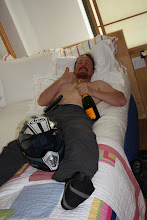
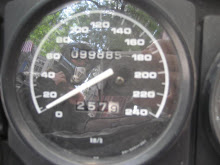
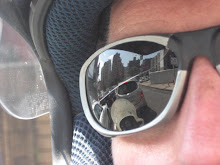
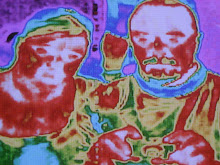





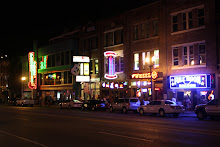



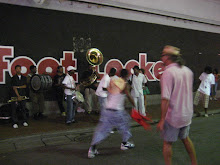


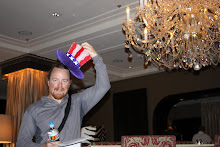
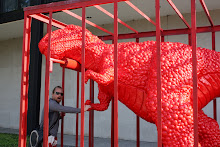
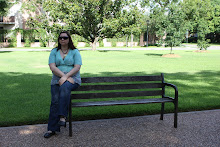



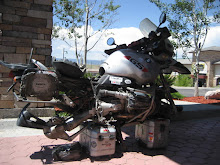


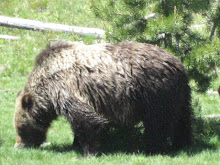
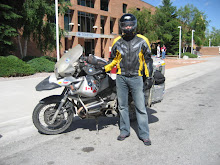
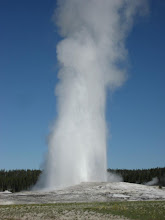



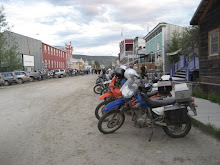


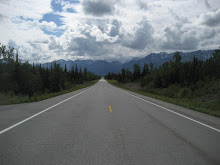

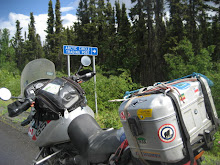
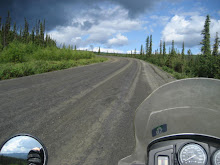
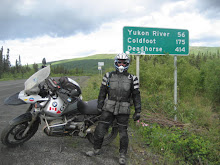
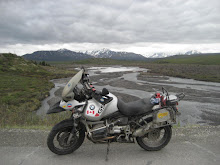
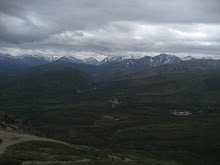
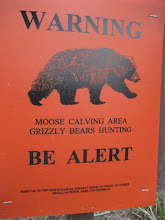


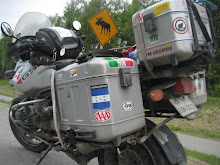
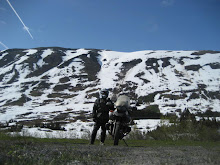

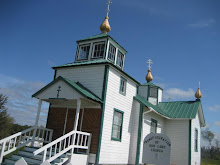
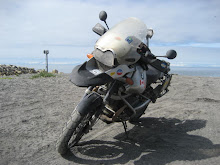

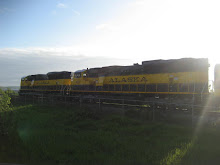
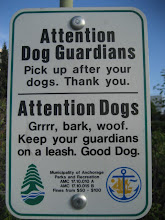
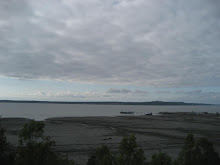




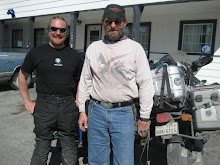

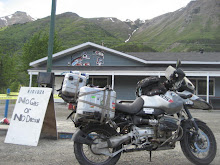




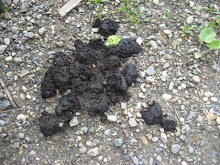

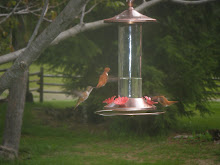
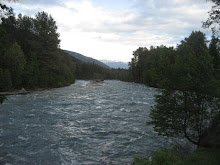
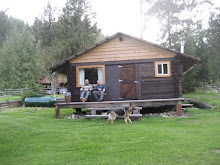
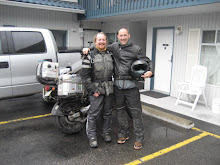
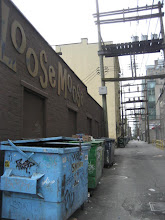
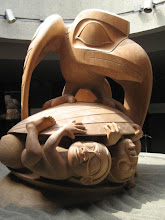
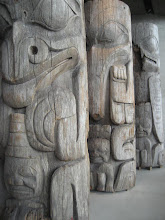
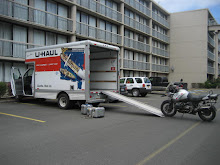




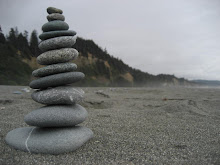
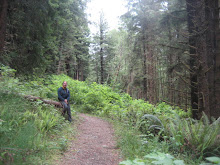
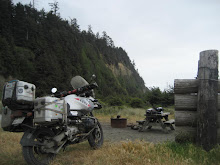
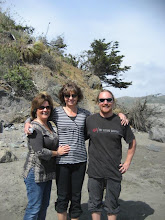

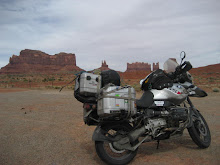
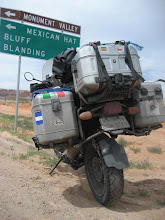
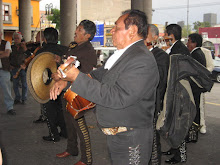
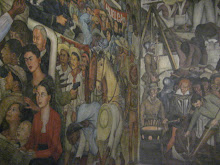



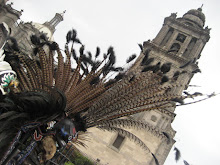
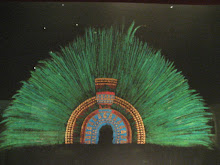
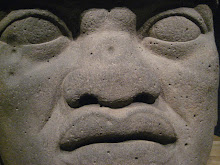
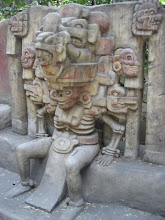






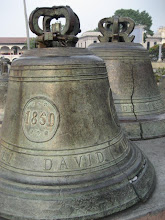
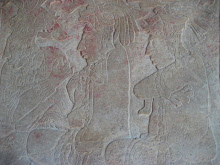
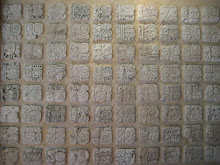
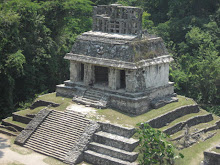




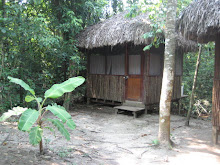
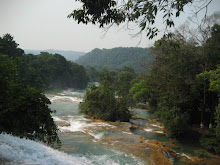
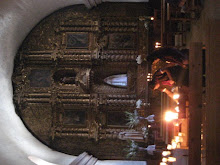
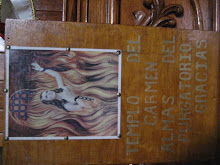
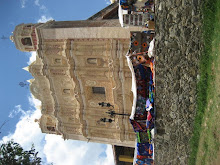


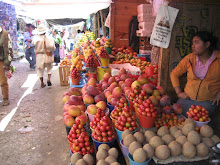
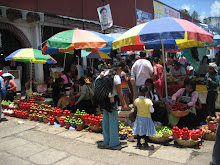
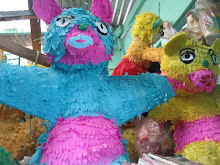
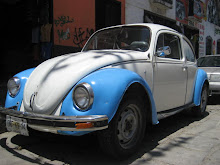
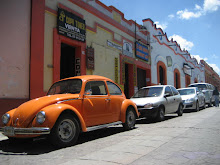

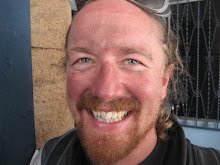
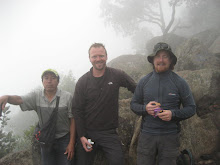


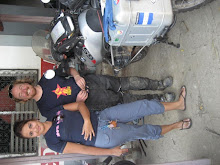
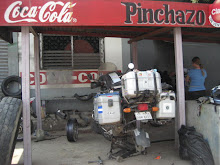

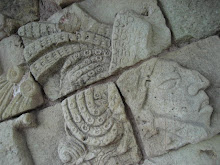

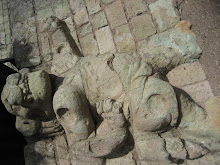


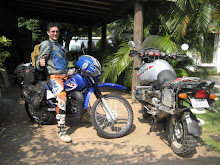







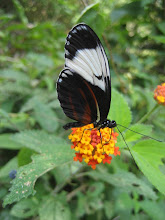
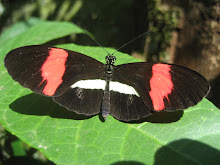
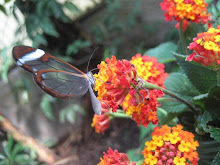
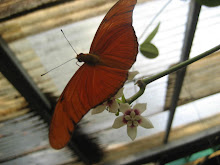
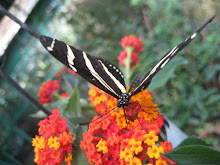
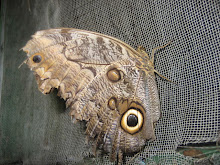

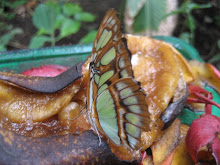
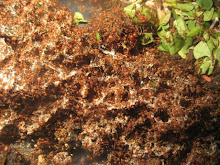
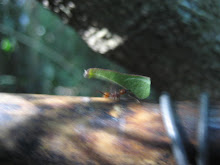


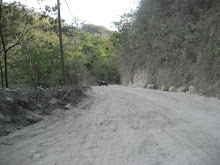

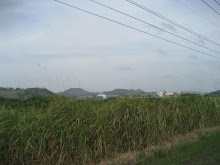

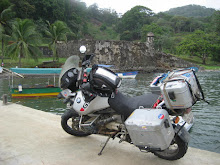
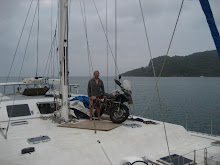
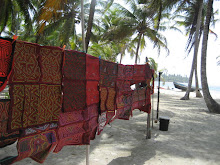

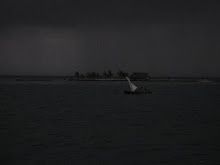
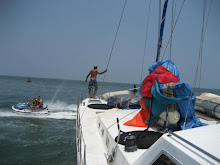
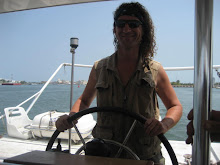

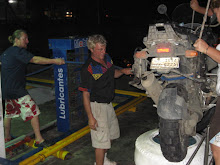
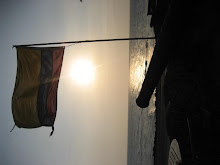
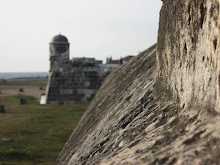
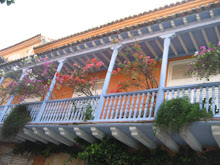
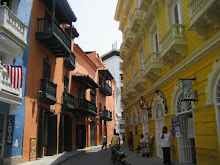
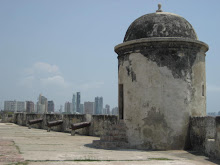
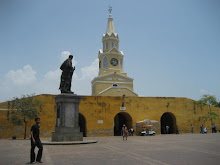
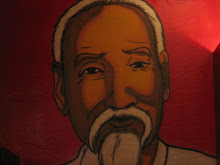
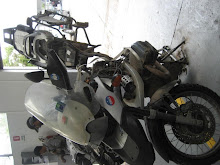



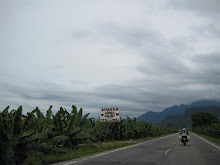
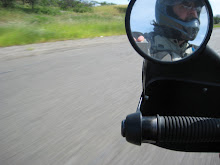
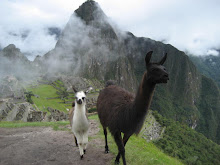



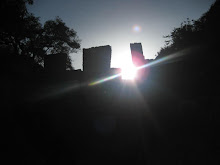


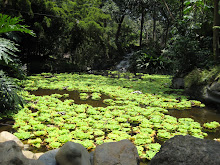
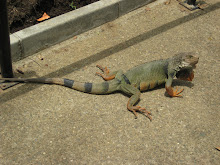



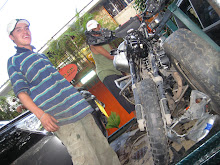

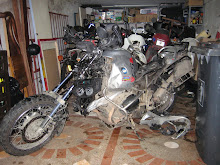
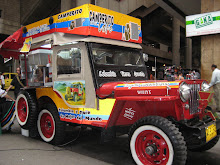
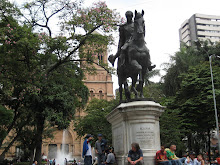
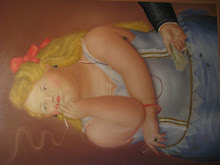
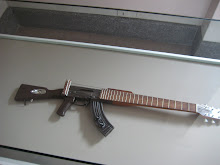
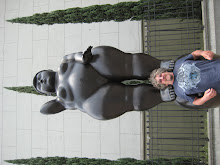
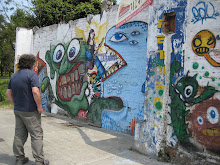


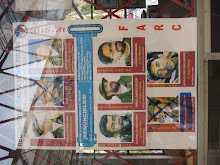
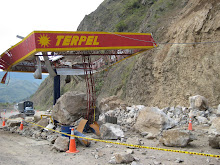
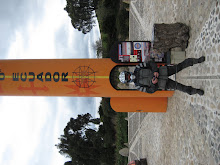
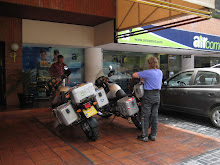
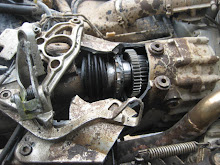
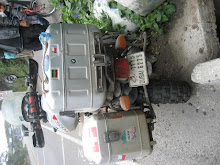

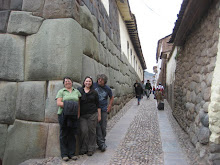


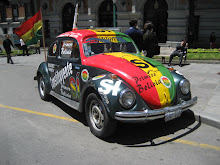
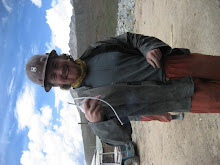


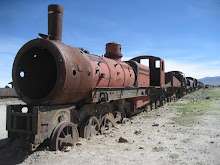



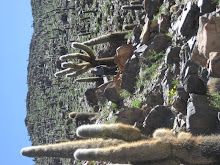
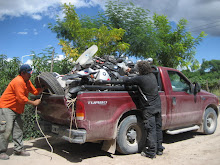
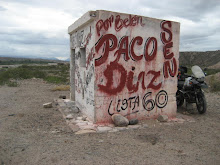

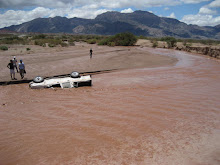
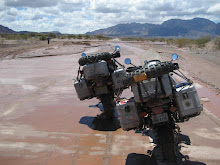
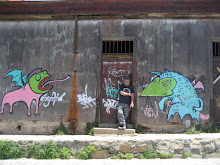
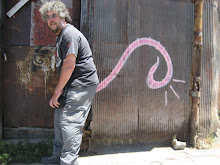



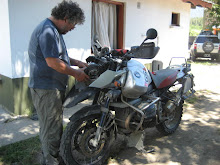
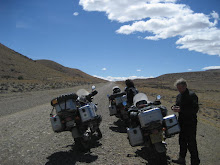







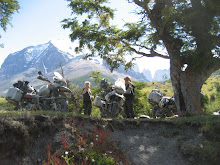

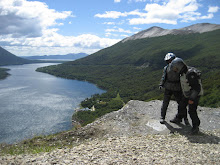

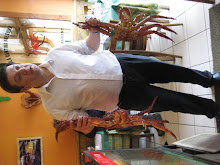
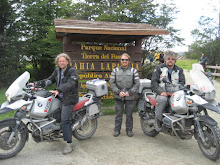

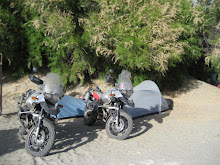




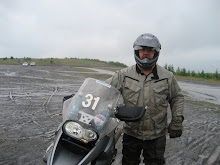
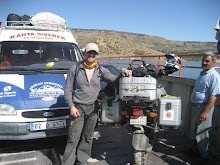
1 comment:
Cojones Cojones Cojones Cojones Cojones Cojones Cojones Cojones
kudos Honsey - i am glad to read of this knowing you are safe and sound, thankfully being in ignorant bliss at the time
YELP
Post a Comment